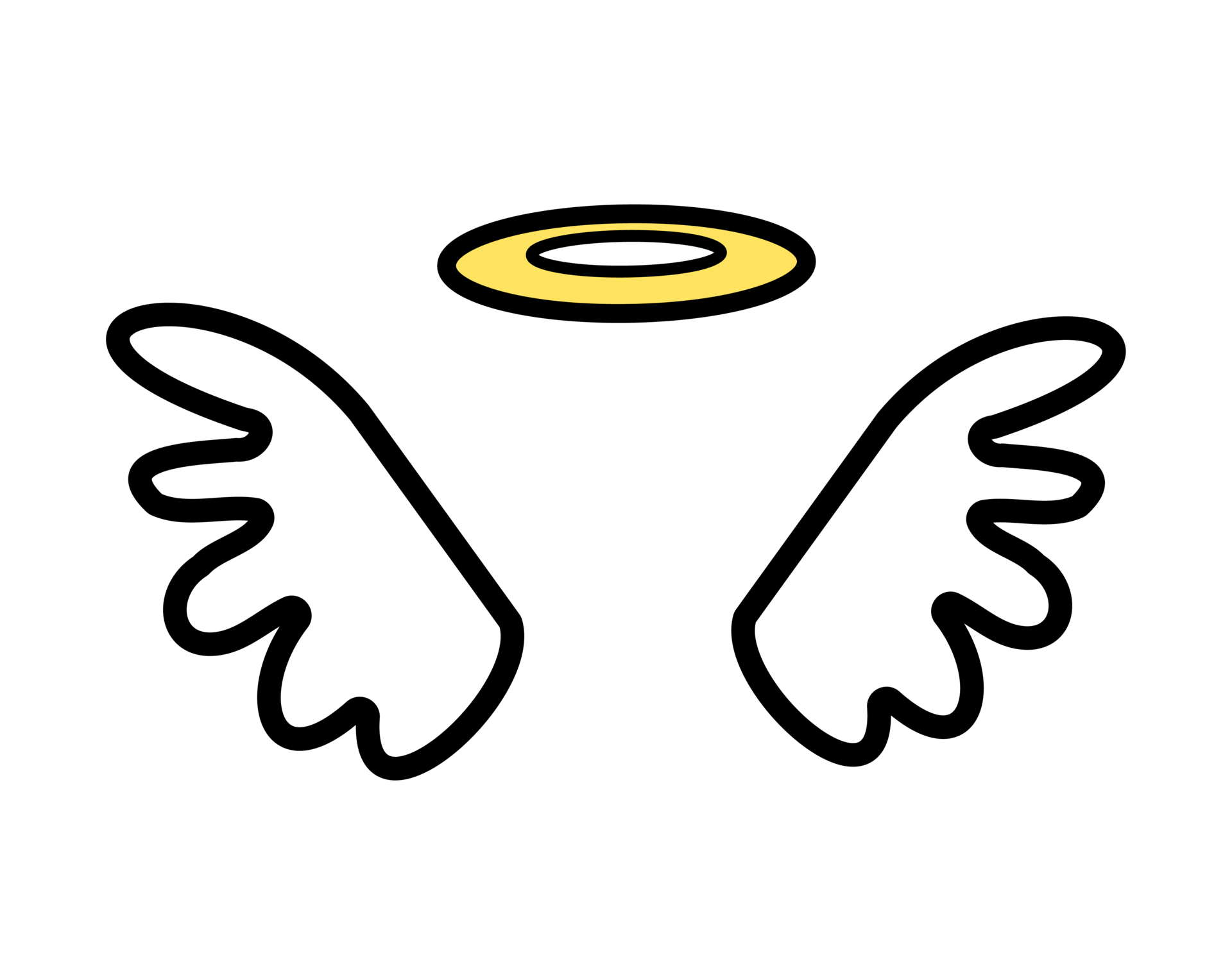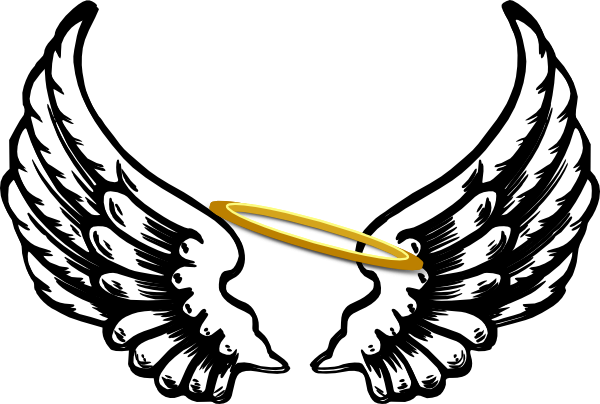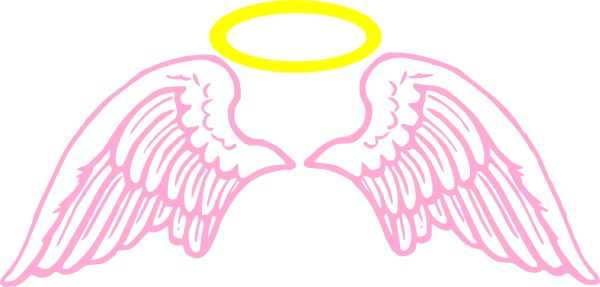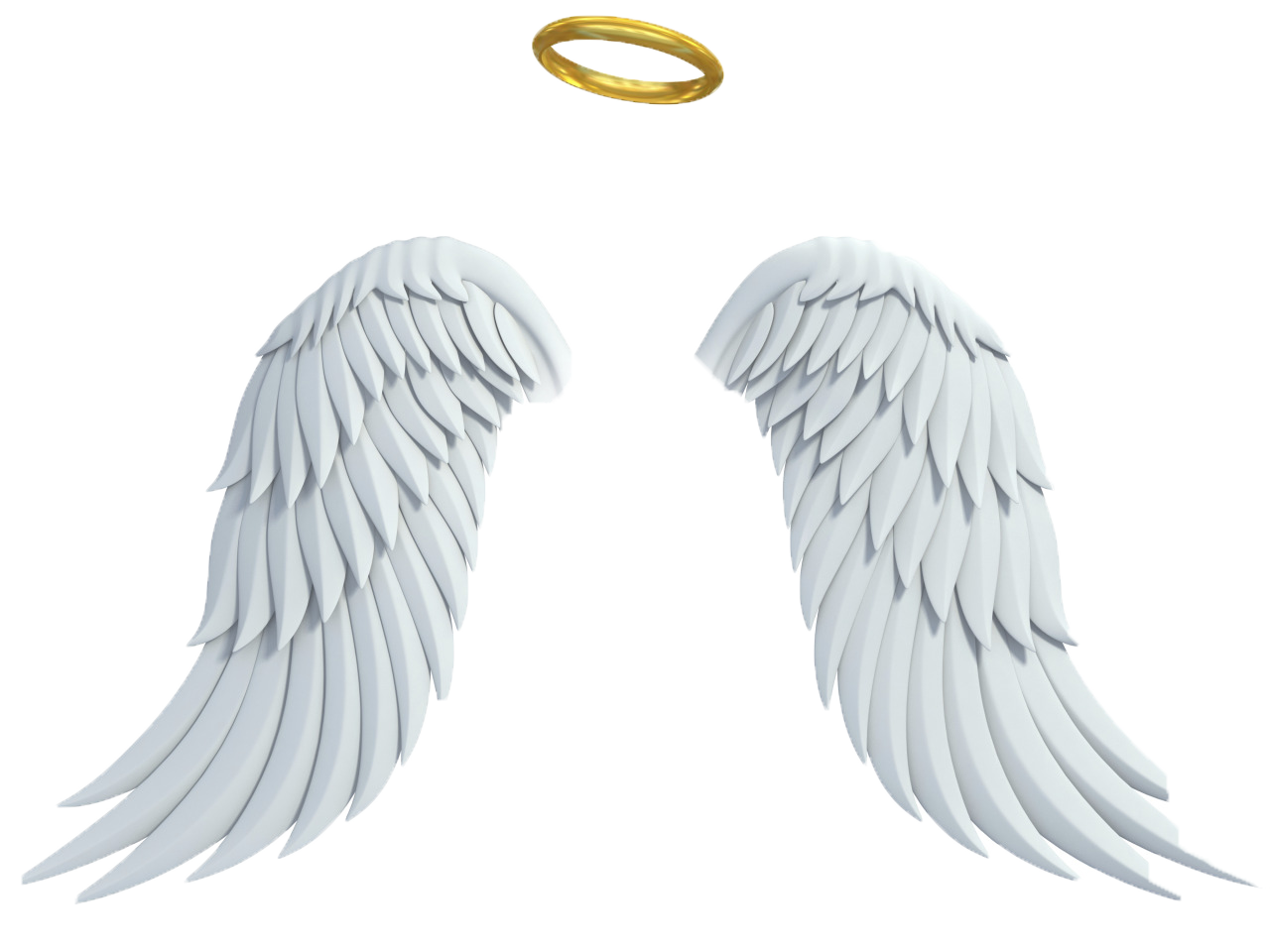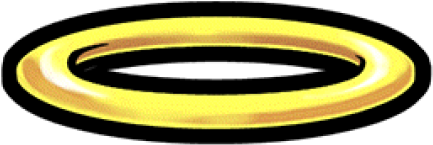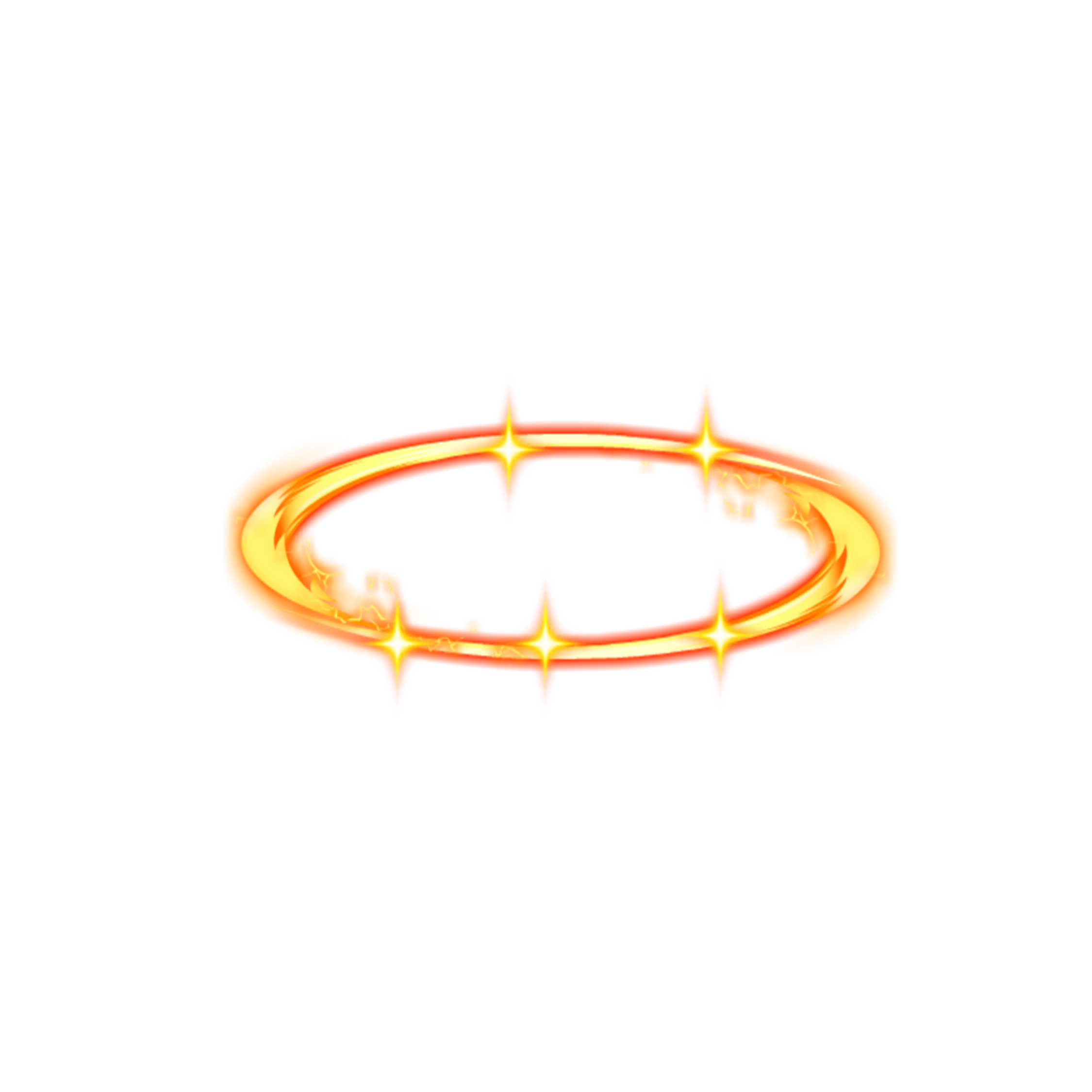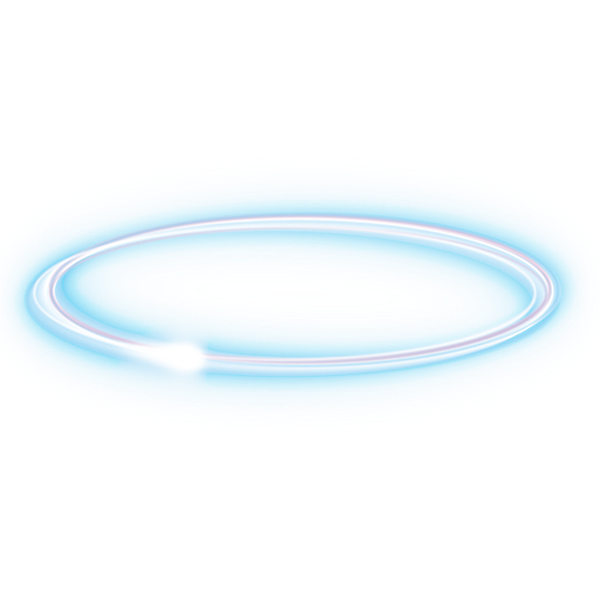Download top and best high-quality free Angel Halo PNG Transparent Images backgrounds available in various sizes. To view the full PNG size resolution click on any of the below image thumbnail.
License Info: Creative Commons 4.0 BY-NC
Angels hold a special place in many cultures, religions, and beliefs. They are associated with hope, love, kindness, and protection. With their ethereal presence, they symbolize a higher power that watches over us from above. One of the most striking representations of angels is the Angel Halo, a glowing ring of light that surrounds their head. In this article, we will explore everything you need to know about the Angel Halo.
What is an Angel Halo?
The Angel Halo, also known as the Nimbus or Glory, is a luminous circle that frames the head of an angel or a saint in art. It is typically portrayed as a golden or white light, sometimes with rays extending outward. The Halo is a visual cue that identifies the holy or divine nature of the character depicted, serving as a symbol of their spiritual purity, enlightenment, and closeness to God. The Halo is not exclusive to Christian art and can be found in various cultures and traditions worldwide.
What does the Angel Halo symbolize?
The Angel Halo carries several symbolic meanings, all related to the qualities and virtues that angels embody. Here are some of the most common interpretations:
- Divinity: The Angel Halo represents the divinity of the angel or saint, indicating their celestial origin and connection to God. It suggests that they are messengers of heaven sent to guide and protect humans on Earth.
- Holiness: The Angel Halo symbolizes the moral purity and righteousness of the angel or saint. It communicates their adherence to divine laws and underscores their role as examples of virtue for others to follow.
- Illumination: The Angel Halo stands for the spiritual enlightenment and wisdom that the angel or saint possesses. It implies that they have a deep understanding of God’s mysteries and are capable of providing insight and guidance to those seeking clarity or purpose.
- Grace: The Angel Halo represents the grace and favor that the angel or saint has received from God. It suggests that they are blessed with divine protection, healing, and miracles, and can intercede on behalf of believers who pray to them.
- Love: The Angel Halo symbolizes the love and compassion that the angel or saint has for humanity. It implies that they are motivated by a selfless desire to help others and alleviate their suffering, regardless of their differences or faults.
What are the origins of the Angel Halo?
The origin of the Angel Halo is not entirely clear, but it is believed to have originated in the ancient Near East as a symbol of divine power and glory. In Egyptian and Mesopotamian art, deities are often portrayed with a radiant crown or disk that represents their sovereignty and eternal nature. The Greeks and Romans also used halos in their mythological art to depict their gods and heroes.
In Christian art, the Angel Halo emerged in the early Byzantine period as a way to distinguish the holy figures from ordinary mortals. The earliest halos were simple circles drawn around the head of the figure using gold leaf or pigment. Over time, the Halo evolved into a more elaborate motif with radiating lines and fanciful shapes, reflecting the artistic styles of different regions and periods.
How is the Angel Halo depicted in art?
The Angel Halo can be depicted in various ways, depending on the artist and the context. Here are some of the most common types of Halo:
- Nimbus: Similar to the Golden Aura, the Nimbus is a solid circle of light that encircles the head of the angel or saint. It is typically gold or white but can also be multi-colored, depending on the symbolism.
- Glory: The Glory is a more elaborate Halo that extends beyond the head of the figure, sometimes forming a full-body radiance. It often includes floral or geometric motifs and can be gold, white, or rainbow-colored.
- Rays: The Halo can sometimes be depicted as rays of light emanating from the head of the figure, like a sunburst. The number of rays can vary, with three, six, or twelve being the most common. It represents the divine enlightenment and holy energy of the subject.
- Cruciform Halo: The Cruciform Halo is a Halo with four arms that form a cross. It is reserved for the most revered saints and martyrs, indicating their heroic sacrifice and complete devotion to God.
What is the significance of the Angel Halo today?
The Angel Halo remains a powerful symbol of hope, faith, and inspiration in modern culture. It is commonly used in religious iconography, holiday decorations, and popular media, such as movies, books, and games. The Halo has also become a popular motif in jewelry, fashion, and home decor, signifying the wearer’s spiritual strength and inner light.
Furthermore, the Angel Halo has become a metaphor for the positive qualities that humans aspire to, such as kindness, compassion, selflessness, and wisdom. It reminds us that we all have the potential to manifest our inner radiance and make a positive impact on the world around us. As such, the Angel Halo serves as a timeless symbol of hope and grace that transcends cultural and religious boundaries and speaks to the universal aspirations of the human spirit.
The Angel Halo is a beautiful and meaningful symbol that has inspired artists and believers for centuries. It represents the spiritual purity, enlightenment, and divinity of angels and saints, underscoring their role as messengers of heaven and examples of virtue for humanity. While its origins may be murky, its enduring appeal and relevance demonstrate the power of symbolism to connect us to something greater than ourselves.
Download Angel Halo PNG images transparent gallery
- Angel Halo PNG Pic
Resolution: 300 × 201
Size: 36 KB
Image Format: .png
Download
- Angel Halo PNG Picture
Resolution: 625 × 326
Size: 73 KB
Image Format: .png
Download
- Angel Halo PNG
Resolution: 400 × 303
Size: 41 KB
Image Format: .png
Download
- Angel Halo Transparent
Resolution: 989 × 330
Size: 88 KB
Image Format: .png
Download
- Angel Halo
Resolution: 235 × 300
Size: 16 KB
Image Format: .png
Download
- Angel Halo Background PNG
Resolution: 200 × 200
Size: 14 KB
Image Format: .png
Download
- Angel Halo No Background
Resolution: 1920 × 1517
Size: 119 KB
Image Format: .png
Download
- Angel Halo PNG Background
Resolution: 1200 × 1200
Size: 155 KB
Image Format: .png
Download
- Angel Halo PNG Clipart
Resolution: 600 × 404
Size: 69 KB
Image Format: .png
Download
- Angel Halo PNG Cutout
Resolution: 600 × 287
Size: 51 KB
Image Format: .png
Download
- Angel Halo PNG File
Resolution: 200 × 200
Size: 6 KB
Image Format: .png
Download
- Angel Halo PNG Free Image
Resolution: 1280 × 960
Size: 439 KB
Image Format: .png
Download
- Angel Halo PNG HD Image
Resolution: 570 × 217
Size: 16 KB
Image Format: .png
Download
- Angel Halo PNG Image File
Resolution: 433 × 145
Size: 49 KB
Image Format: .png
Download
- Angel Halo PNG Image HD
Resolution: 714 × 327
Size: 203 KB
Image Format: .png
Download
- Angel Halo PNG Image
Resolution: 2250 × 2250
Size: 487 KB
Image Format: .png
Download
- Angel Halo PNG Images HD
Resolution: 420 × 420
Size: 46 KB
Image Format: .png
Download
- Angel Halo PNG Images
Resolution: 791 × 600
Size: 87 KB
Image Format: .png
Download
- Angel Halo PNG Photo
Resolution: 640 × 480
Size: 10 KB
Image Format: .png
Download
- Angel Halo PNG Photos
Resolution: 600 × 600
Size: 215 KB
Image Format: .png
Download






